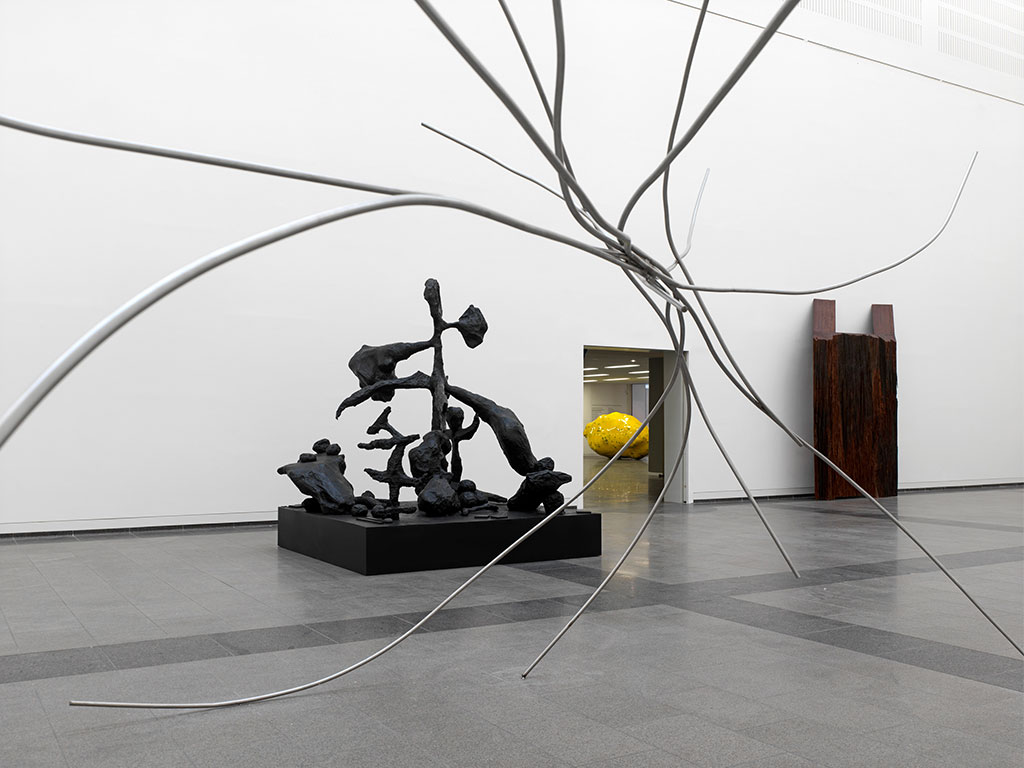Since 1945, sculptors who have studied or thought at the renowned Düsseldorf Art academy have been responsible for a series of decisive and influential artistic impulses. Professors such as Ewald Matare, Erwin Heerich, Joseph Beuys, Kauls Rinke, Irmin Kamp, Fritz Schwegler, Rosmarie trockel, Hubert Kiecol, Katharina fritsch, and Rita McBride have influenced highly productive debates and discussions with the Academy and beyond. Like many other of their colleagues and former students, they have contributed through their work to the development of sculpture over the past 70 years.
It was the sculptor Tony Cragg -a professor at the Academy for many years, and currently its director as well- who gave the impulse for the extraordinary survey exhibition from an insider’s perspective. The selection of works by 53 artists, many of them produced in the context of the Academy itself, form an astonishing and impressive panorama of internationally acclaimed modern and contemporary sculpture that brings together familiar works with unknown or rediscovered ones.
The chronological overview, which occupies three galleries of the K20, spans the spectrum from the historic positions of the postwar years all the way to the present day. The show demonstrates that precisely the multiplicity of artistic attitudes and concerns have been decisive in shaping teaching activities at the Academy. Figurative sculpture has altered its appearance without losing its relevance, while the traditional materials of the sculptor -bronze, wood, stone and clay- have remained despite the fact that Academy artists have worked as a matter of course with industrially manufactures substances and everyday objects, with ephemeral terms with constructive and shaping techniques, while new casting technologies have simplified and enriched work processes.
The fertile juxtaposition of figurative and abstract subculture, of traditional and unconventional materials, of references to tradition and receptiveness to extra-artistic impulses, in conjunction with an openness to innovate content within the field of tension between personal experience and social responsibility - these are the factors that continue to shape sculptural production at the Düsseldorf Academy, with its rich tradition, up to the present.

